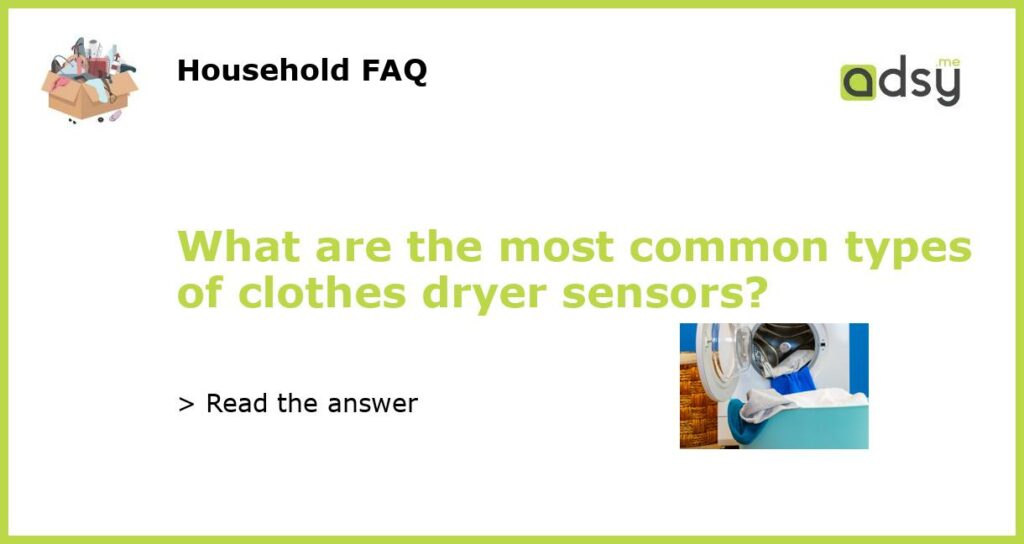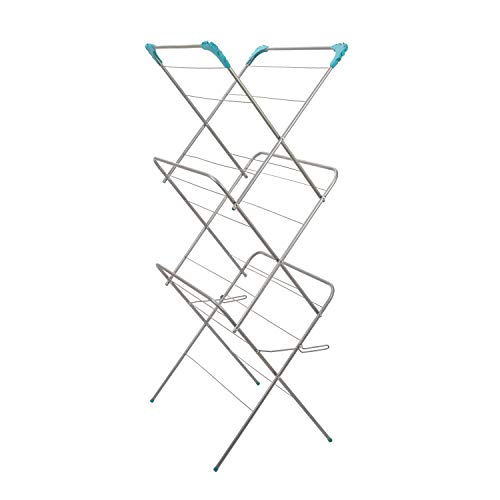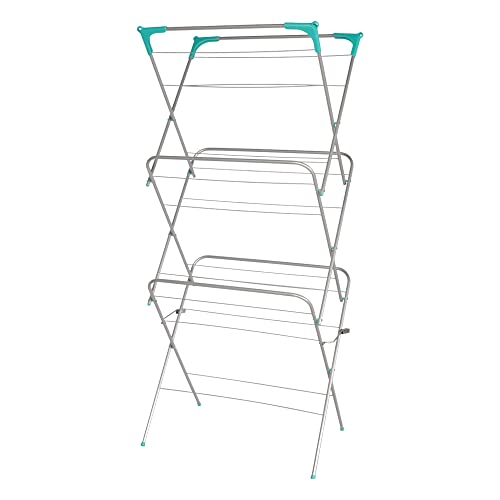Understanding the Different Types of Clothes Dryer Sensors
A clothes dryer is an essential appliance that automates the process of drying clothes. They have various features that allow them to provide efficient and effective service. One such feature is the clothes dryer sensor. This component allows the dryer to sense when the clothes are fully dry and automatically shut-off to prevent over-drying. In this article, we will look at the different types of clothes dryer sensors.
Moisture Sensors
Moisture sensors are the most common type of dryer sensor. They work by detecting the moisture level in the clothes being dried. These sensors help to prevent over-drying, which can damage the clothes and increase energy consumption. When the clothes are dry, the sensor sends a signal to the dryer’s control panel to stop the dryer. Moisture sensors are accurate, efficient, and enhance the lifespan of clothes.
Temperature Sensors
Temperature sensors measure the temperature inside the dryer. They help to regulate the temperature and prevent overheating, which can damage clothes and cause fires. Temperature sensors are integrated into the dryer’s thermostats, and they constantly monitor the temperature to ensure that it remains within safe limits. When the temperature exceeds the set limit, the sensor signals the control panel to shut-off the dryer.
Drum Rotation Sensors
Drum rotation sensors monitor the rotation of the dryer drum. They help to ensure that the dryer drum is rotating at the correct speed and operating optimally. These sensors are commonly found in high-end dryers and are ideal for heavy-duty drying tasks. Drum rotation sensors work in conjunction with other sensors to provide efficient and effective drying solutions.
Lint Sensors
Lint sensors detect the level of lint in the dryer’s lint trap. They help to ensure that the lint trap is clean and free from clogs. Lint sensors are ideal for preventing dryer fires and improving the energy-efficiency of the dryer. When the lint trap is full, the sensor signals the control panel to alert the user to clean the lint trap. Lint sensors are reliable and accurate, and they are ideal for busy households that use the dryer regularly.
Duct Blockage Sensors
Duct blockage sensors detect the level of airflow in the dryer’s ducts. They help to prevent dryer fires and ensure that the dryer is operating efficiently. When the airflow is disrupted, the sensor signals the control panel to alert the user to clean the ducts. Duct blockage sensors are reliable, efficient, and ideal for households that use the dryer regularly or have pets that shed a lot of hair.






